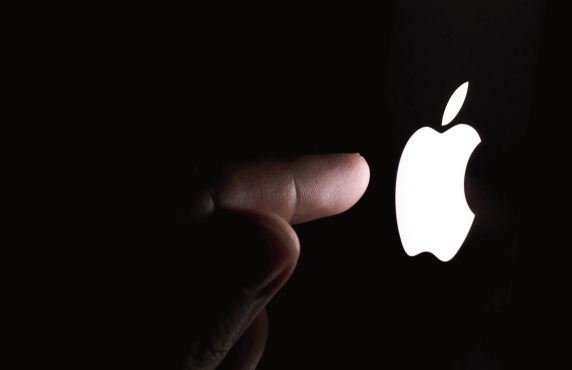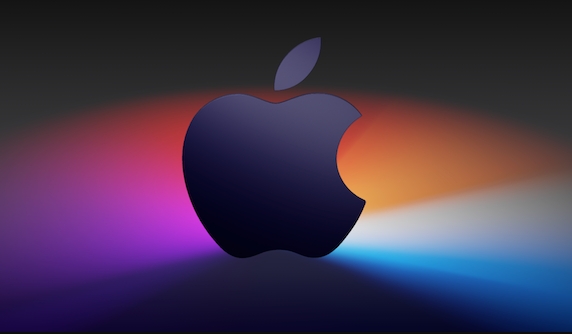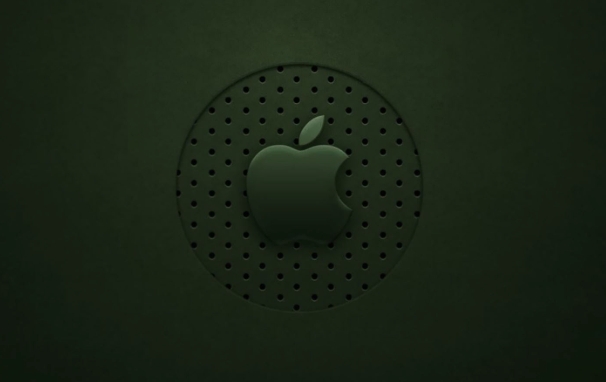How to customize the Dock on a Mac
To customize Mac Dock to improve efficiency, 1. Adjust the number and arrangement of icons, such as setting the number of Launchpad icon columns to 8 through terminal commands; 2. Turn on "Show Dock on Each Monitor" under multiple monitors; 3. Hover and drag to adjust the icon position; 4. Right-click the application and select "Save in Dock" to make it permanent; 5. Drag the folder to the Dock for quick access; 6. Use the terminal command to add a blank area to separate the function group; 7. Turn off the Dock zoom effect in system settings or use third-party tools to expand the function; 8. Long press the app icon to quickly access recent documents.

Mac's Dock is a very practical tool for daily use, but the default settings may not be suitable for everyone. With proper customization, it not only improves efficiency, but also makes the desktop cleaner. The key is to adjust the layout, icon size and behavior logic according to your usage habits.

Adjust the number and arrangement of icons
Dock displays commonly used applications and recently used programs by default, but if you open too many applications, the icons will become crowded or even shrink to see clearly.

- You can manually set the number of icons displayed on each page through terminal commands, such as placing the icons in the Launchpad into 8 columns:
defaults write com.apple.dock springboard-columns -int 8
- If you are using multiple monitors, you can turn on the " Show Dock on Each Monitor " option so that you don't need to switch back to the screen.
Another tip is: when you hover the mouse between two icons, a white line will appear. Drag to adjust their position, making it easier to organize common applications.
More flexible in adding or removing items
By default, Dock includes several parts, including applications, documents, and trash. You can add or delete content as needed:

- Click any app → right-click → "Options" → "Save in Dock" to keep this app displayed at all times.
- Want to quickly access a folder? Just drag it from Finder to Dock, and the preview will pop up or the folder will be opened after clicking.
Don't want to see "recent applications"? You can close it through the terminal:
defaults write com.apple.dock persistent-apps -array-add '{"tile-type"="spacer-tile";}'This line of command will insert a blank area into the Dock and can also be used to separate different function groups.
Optimize appearance and interactive experience
The animation effect of the Mac Dock is attractive, but if you switch windows frequently, this "zoom in" effect may actually interfere with attention.
- In System Settings > Desktop & Screen Saver, you can turn off the automatic hidden Dock , or adjust its transparency and magnification.
- Use third-party tools such as HyperDock or uBar to add more features, such as hovering the preview window, dragging the window to Dock grouping, etc.
A small detail is: long press the app icon on the Dock to quickly enter the app's "Recent Documents" list, eliminating the step of reopening the file.
Basically these are the operations. Although there are not much changes, after reasonable settings, the Dock will become more convenient and reduce unnecessary operation steps.
The above is the detailed content of How to customize the Dock on a Mac. For more information, please follow other related articles on the PHP Chinese website!

Hot AI Tools

Undress AI Tool
Undress images for free

Undresser.AI Undress
AI-powered app for creating realistic nude photos

AI Clothes Remover
Online AI tool for removing clothes from photos.

ArtGPT
AI image generator for creative art from text prompts.

Stock Market GPT
AI powered investment research for smarter decisions

Hot Article

Hot Tools

Notepad++7.3.1
Easy-to-use and free code editor

SublimeText3 Chinese version
Chinese version, very easy to use

Zend Studio 13.0.1
Powerful PHP integrated development environment

Dreamweaver CS6
Visual web development tools

SublimeText3 Mac version
God-level code editing software (SublimeText3)
 Why is my MAC fan so loud
Sep 17, 2025 am 02:48 AM
Why is my MAC fan so loud
Sep 17, 2025 am 02:48 AM
IfyourMacfanisloud,checkCPUusageinActivityMonitor,resettheSMC,cleandustfromvents,managestartupapps,andusetrustedtoolslikeMacsFanControltomonitortemperaturesandadjustfanspeedssafely.
 How to restore a Mac from a Time Machine backup
Sep 16, 2025 am 07:03 AM
How to restore a Mac from a Time Machine backup
Sep 16, 2025 am 07:03 AM
TorestoreyourMactoapreviousstate,bootintomacOSRecoveryMode,connectyourTimeMachinebackupdrive,andusethe"RestoreFromTimeMachineBackup"tooltoselectandrestoreabackup.Optionally,erasethestartupdiskfirstforacleanrestore.
 How to use multiple desktops on a Mac
Sep 16, 2025 am 07:43 AM
How to use multiple desktops on a Mac
Sep 16, 2025 am 07:43 AM
ToorganizeyourworkflowonaMac,usemultipledesktops:createthemviaMissionControl,switchwithtrackpadgesturesorControl Arrowkeys,assignappstospecificdesktops,movewindowsbetweenspaces,andmanagedesktopsusingshortcutsandtheDock.
 How to recover deleted files on a MAC
Sep 21, 2025 am 05:46 AM
How to recover deleted files on a MAC
Sep 21, 2025 am 05:46 AM
Ifyou'vedeletedimportantfilesonyourMac,trythesesteps:1.ChecktheTrashanduse"PutBack."2.RestorefromTimeMachinebackup.3.RecoverfromiCloudDrive’sRecentlyDeletedfolder.4.UsetrusteddatarecoverysoftwarelikeDiskDrillifothermethodsfail.
 How to find MAC address on a MAC
Sep 21, 2025 am 05:41 AM
How to find MAC address on a MAC
Sep 21, 2025 am 05:41 AM
TofindtheMACaddressonaMac:1.GotoSystemSettings>Network>Details>Hardware.2.UseTerminalwithcommandifconfigen0|grepether.3.Check"AboutThisMac">SystemReport>Network.
 How to share files between a MAC and a PC
Sep 19, 2025 am 01:34 AM
How to share files between a MAC and a PC
Sep 19, 2025 am 01:34 AM
TotransferfilesbetweenMacandPC,use:1.exFAT-formattedexternaldrives.2.LocalnetworksharingoverWi-FiorEthernet.3.CloudserviceslikeGoogleDrive.4.Emailormessagingappsforsmallfiles.5.Directcableconnectionforfast,reliabletransfers.
 How to get the path of a file on a MAC
Sep 21, 2025 am 04:58 AM
How to get the path of a file on a MAC
Sep 21, 2025 am 04:58 AM
TofindafilepathonMac:1.UseFinder’s"GetInfo"(Command I)toviewthe"Where"field.2.DragthefileintoTerminaltoinsertitspath.3.HoldOption,right-click,andchoose"CopyasPathname".4.UseTerminalcommandslikepwdandls.
 How to check storage on a Mac
Sep 16, 2025 am 03:27 AM
How to check storage on a Mac
Sep 16, 2025 am 03:27 AM
TocheckstorageonyourMac,use"AboutThisMac"foraquickoverview,"StorageManagement"foroptimizationtips,or"Finder"tomanuallyinspectdiskusageandfoldersizes.







